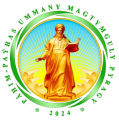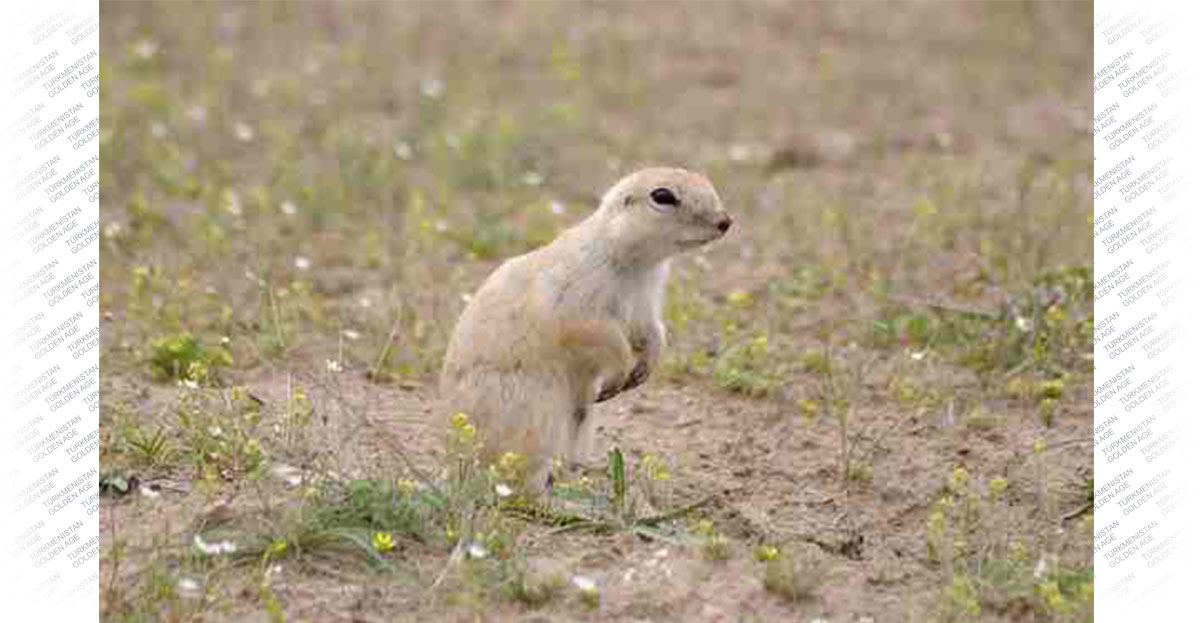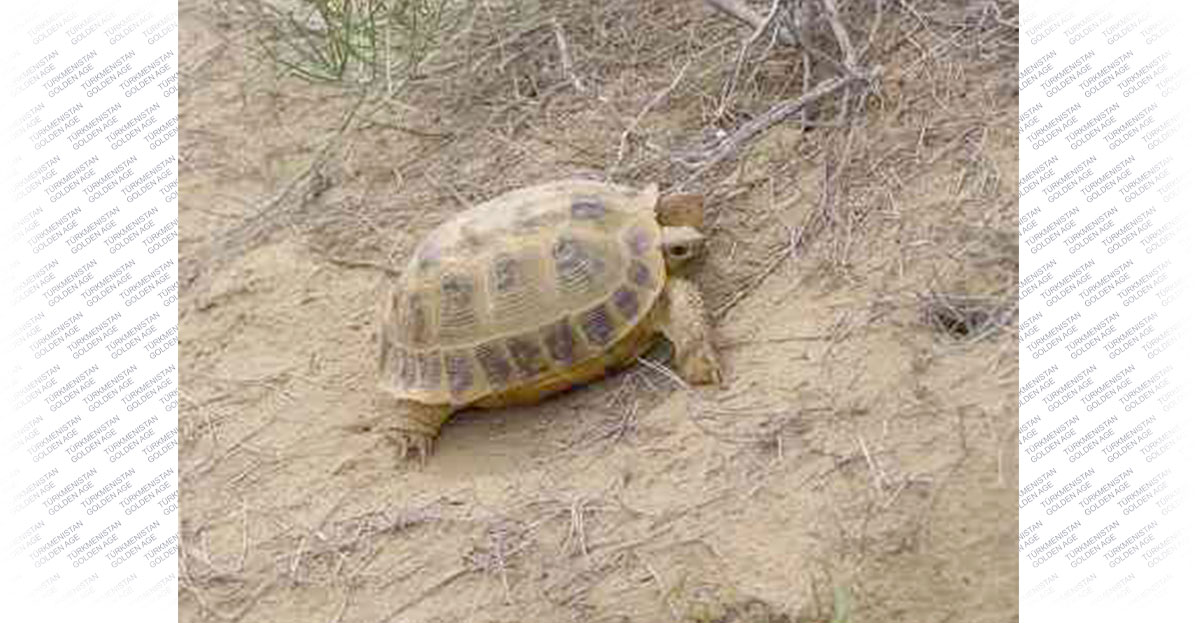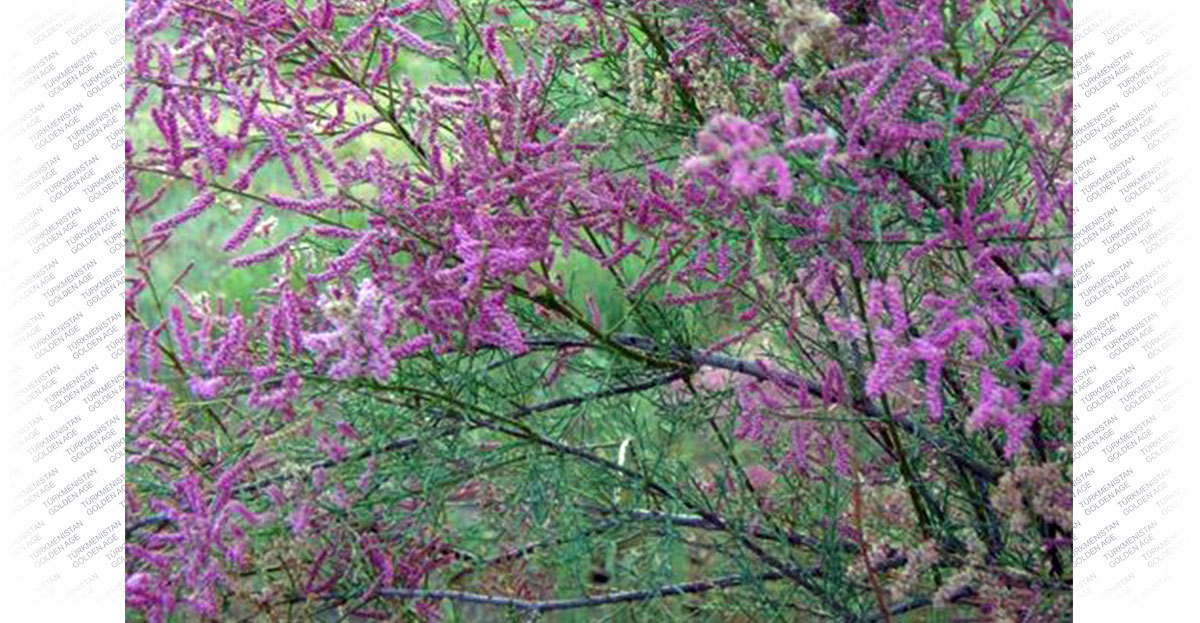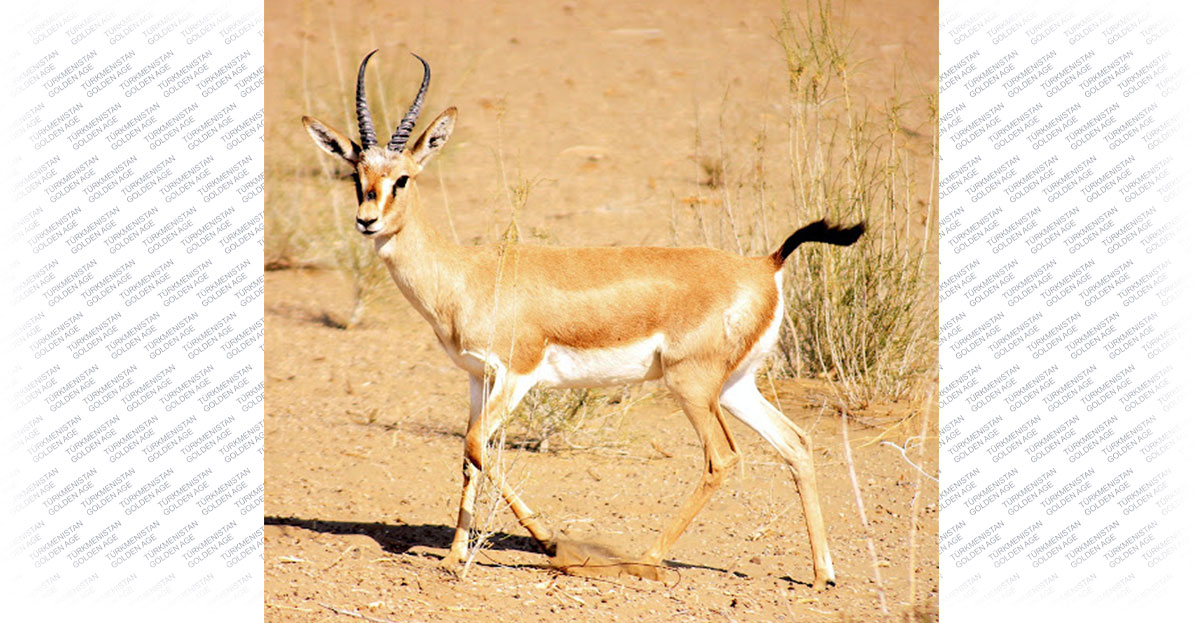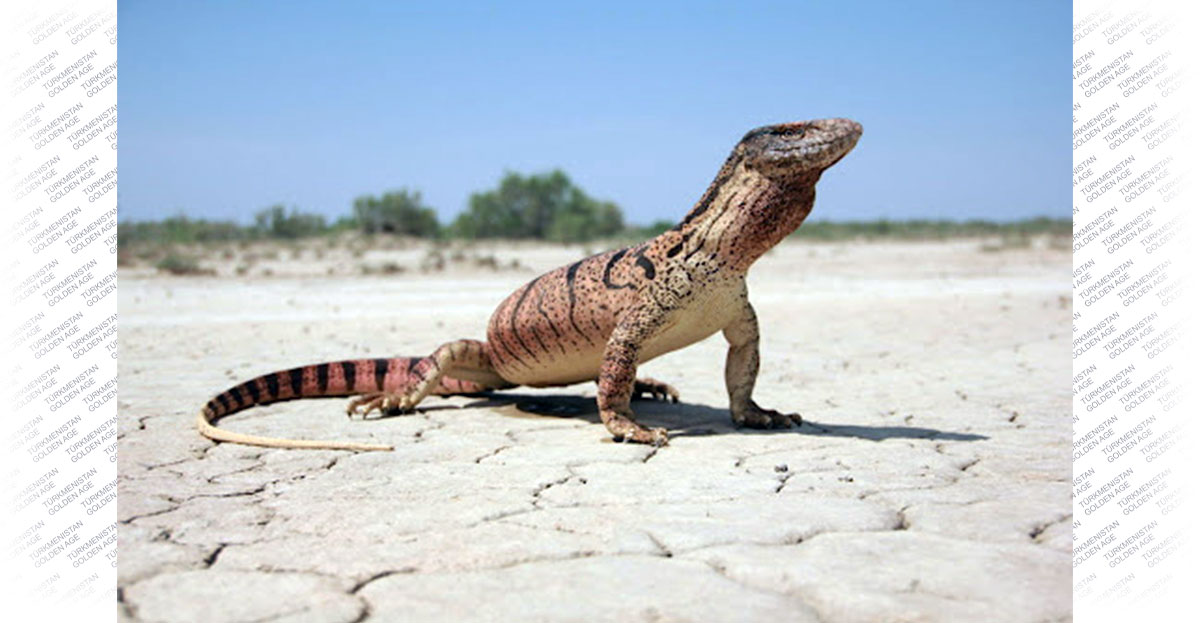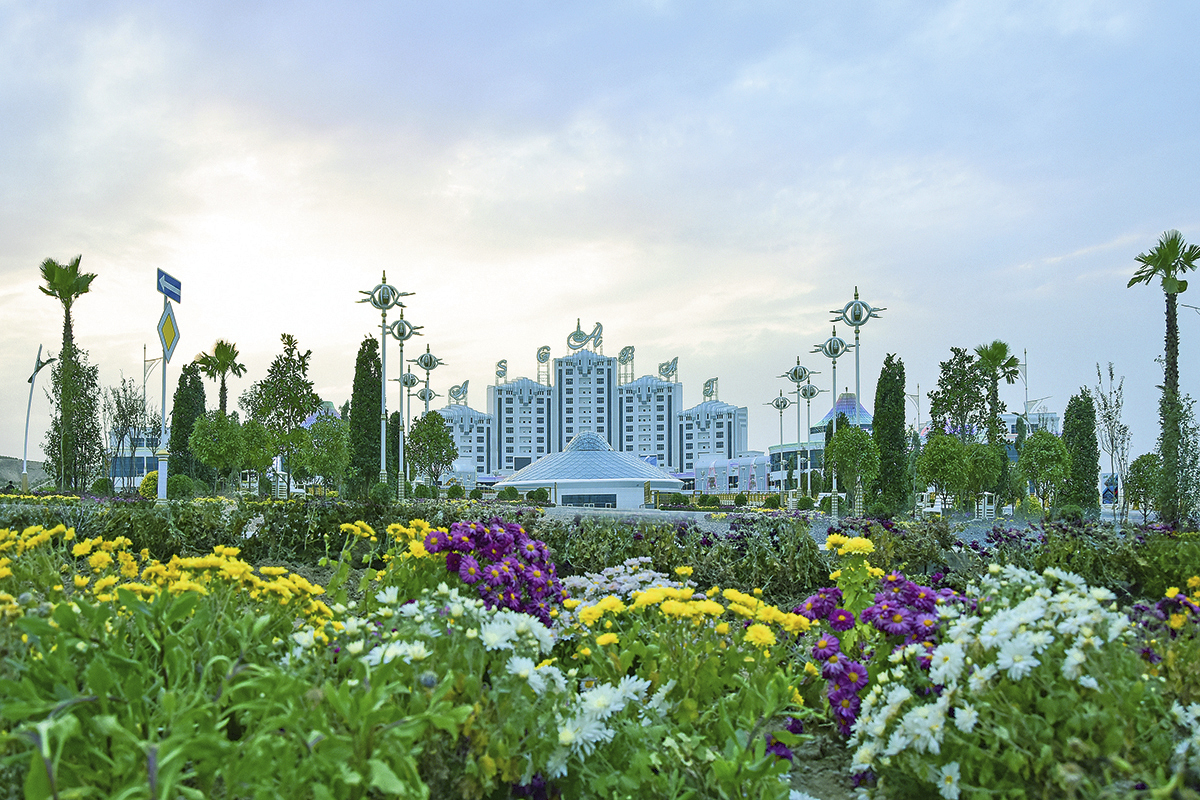Repetek is one of the most picturesque places in the Karakum Desert. It was here that a reserve was created in October 1927, the main task of which was to protect the black saxaul forests and the adjacent desert areas. In 1979, by the decision of UNESCO, the Repetek Nature Reserve acquired the status of a biosphere and was thus included in the list of internationally recognized standards of natural ecosystems.
The organization of the reserve was preceded by the activity of the Repetek sand-desert station, founded by the Imperial Russian Geographical Society back in 1912 with the active participation of its vice-president, famous geographer and traveler Peter Semyonov-Tyan-Shansky. Until 1928, Vladimir Dubyansky, one of the founders of desert studies in Central Asia, was the direct organizer of the station and its first director.
The uniqueness of this corner of the Turkmen nature has attracted and still attracts the attention of many scientists. In the reserve worked: the outstanding geneticist Nikolai Vavilov and the founder of modern soil science Vasily Dokuchaev. The famous Russian scientist and science fiction writer Vladimir Obruchev, famous for the books "The Land of Sannikov" and "Plutonium", has visited here. Dozens of other outstanding figures of science and art were staying in Repetek.
Fascinated by the beauty of these places, Peter Semyonov-Tyan-Shansky noted that Repetek is a unique place where, in a small area, you can see almost all forms of the sandy relief of the Karakum desert inherent in a number of other large deserts in the world. The geographer's imagination was especially struck by the site now known under the resounding and well-deserved name "Repetek Sahara".
Here the gaze is presented with an amazingly beautiful sight. Barkhans, the crests of which are thousands of grains of sand, disturbed by the breath of the wind, rise in fancifully frozen giant waves. No matter how huge the dunes are, the restless wind, literally along a grain of sand, at its whim moves them from place to place. So, once you find yourself here after a while, you may not recognize the once well-known area.
The Yaman-Tokay grove is no less interesting. Under the canopy of saxaul trees, the traveler cannot find an extensive shade, because this plant has openwork green twigs instead of leaves, thanks to which it is easier to endure the scorching rays of the summer sun, sometimes heating the sand surface up to 80 C. in 1983 the temperature record of the former USSR was + 51.8 ° in the shade. But how does the grove transform in spring, when bright red poppies and yellow hypekuum flowers bloom.
Even in Repetek you can admire the sandy acacia. It is a slender tree up to 6-7 meters high, somewhat reminiscent of a weeping willow. It grows among loose dunes, not afraid to be buried under a layer of sand.
The Karakum desert is one of the most productive deserts on Earth. The ecosystem here functions the more efficiently, the higher the temperature, and you can get acquainted with more than half of the entire flora of the desert in the Repetek Nature Reserve.
The fauna of Repetek is also rich and diverse, where more than 90% of the species diversity of birds, reptiles and mammals living in the Karakum Desert is concentrated. Invertebrates alone - butterflies, spiders and other small living creatures - live here almost one and a half thousand species. Many inhabitants of the Repetek Reserve are unique. For example, for the Turkmen rhinoceros beetle, this is the only known location.
From reptiles you can find a turtle, a sandy and eared roundhead, as well as a gecko. There is also an opportunity to see a dozen species of snakes - almost half of those found on the territory of Turkmenistan. Among them is the Central Asian cobra, a beautiful and noble snake, always warning an inattentive traveler about its presence.
In the very heart of the sultry Karakum desert, you can meet more than 200 species of birds. Among them there are even waterfowl, which are attracted by reservoirs formed in a sand quarry in the vicinity of Repetek. Among the birds there are those for whom life outside the desert is inconceivable - for example, the saxaul jay, ideally adapted to the conditions of an arid climate. In the evening twilight, nocturnal predators - a long-eared owl and a house owl - rise into the sky. A number of other rare birds find temporary refuge in the reserve.
The caracal, gazelle and Indian porcupine inhabiting the reserve are included in the Red Book of Turkmenistan.
Roman Teplyakov
